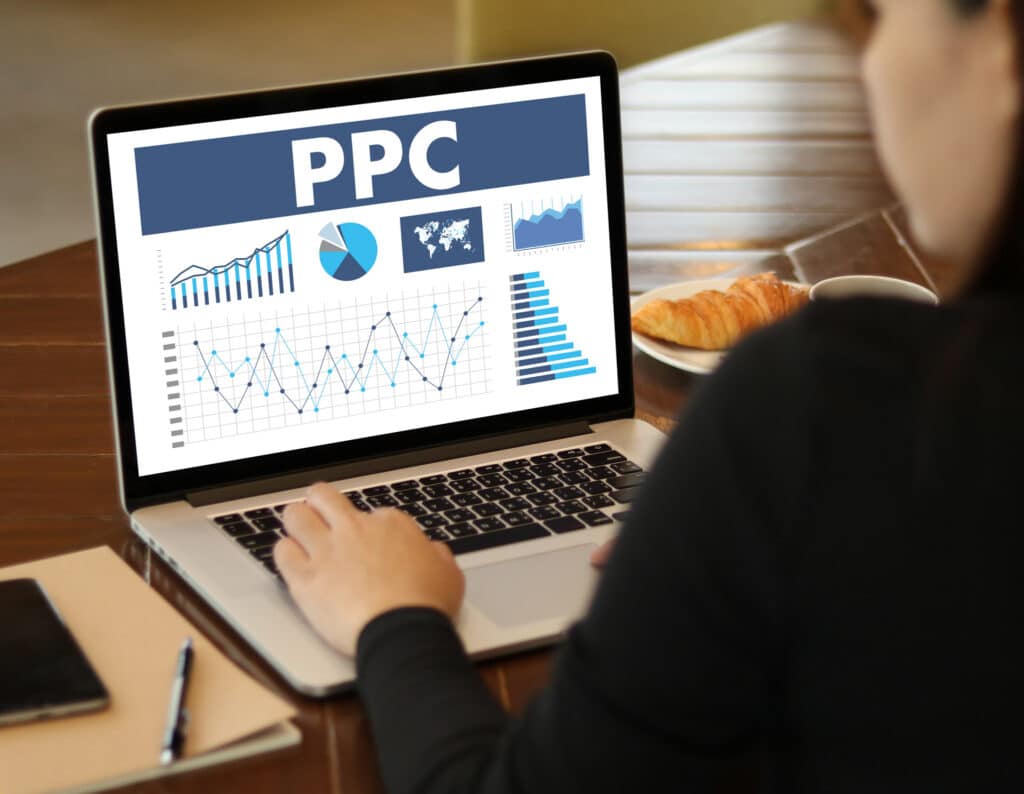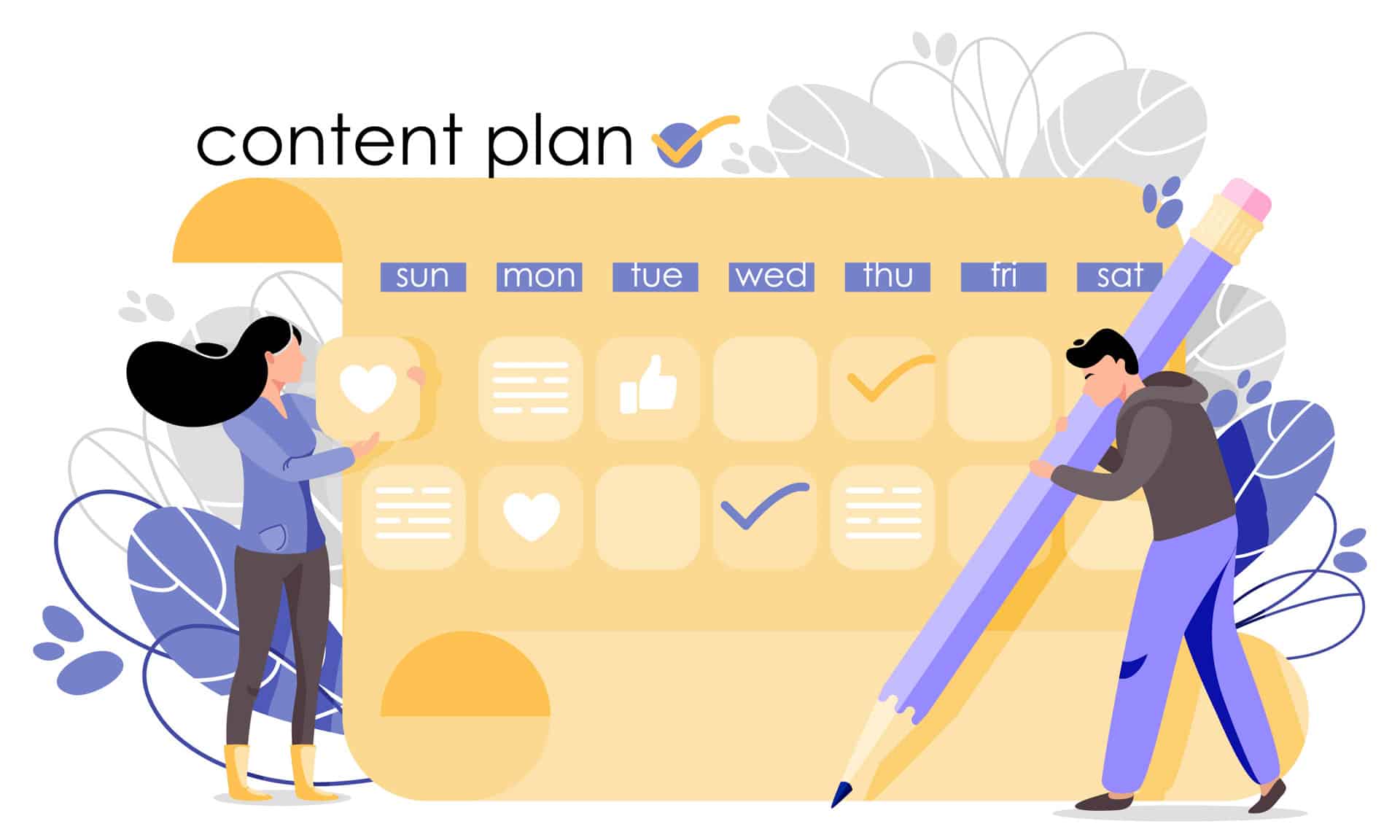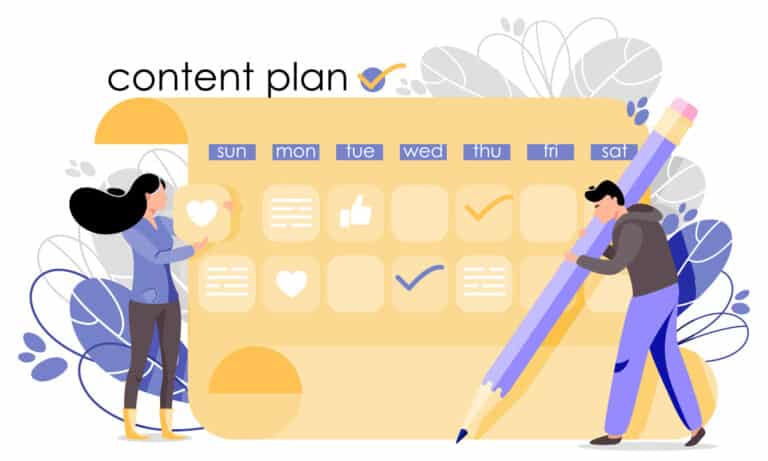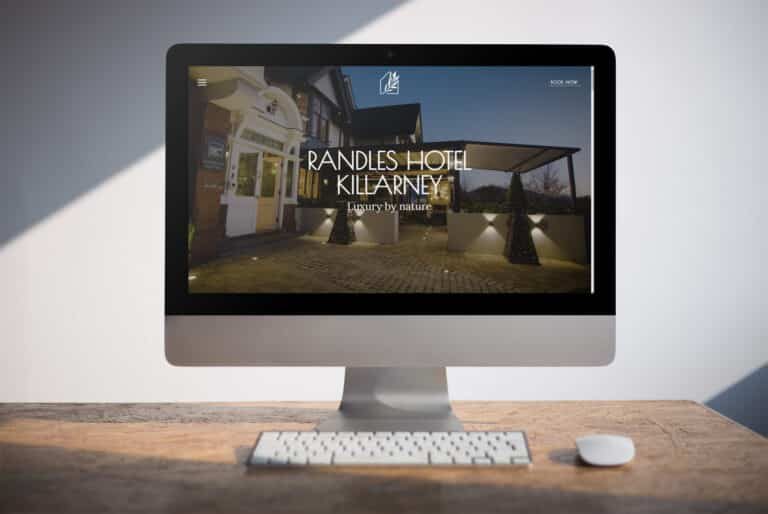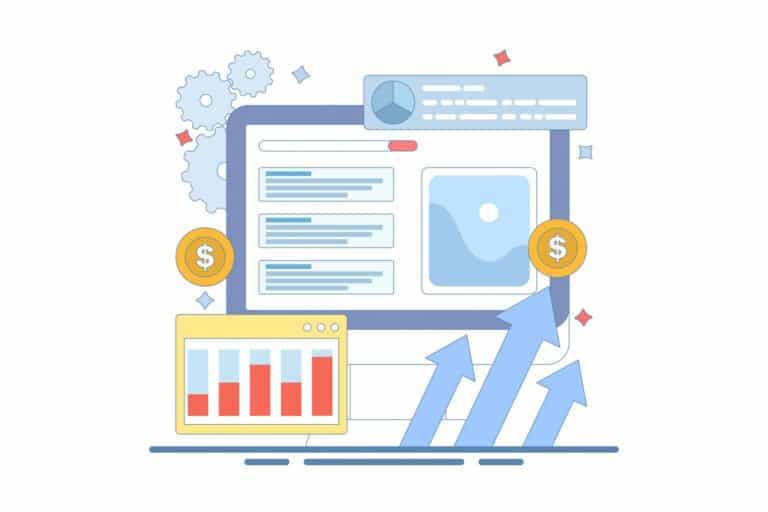PPC is a key part of your digital strategy when trying to increase website traffic and revenue. PPC stands for Pay Per Click, which is simply any form of online advertising where the model you’re charged on is – you guessed it – paying per click on your ad. This may include paid search campaigns, paid social, programmatic advertising and more.
WHY USE PPC ADVERTISING?
There are many benefits to using PPC advertising. When you have proper tracking set up, you can see when people have completed your desired action, whether it is clicks, lead forms, or making a purchase on your website. This makes it easy to see if your PPC ads are effective, and to adjust where you need to.
PPC is also cost-effective, as you only are charged when people click on your ads, and you can set a daily or a lifetime budget for your ad campaign. This will help ensure that you never overspend on your ads.
Another benefit of using PPC is it allows you to gain access to new customers who may not have heard of your brand before but are looking for a product like yours. When you’re having trouble ranking on search engines for your organic keywords, this can be an absolutely essential part of your digital strategy.
You can also gain insight into your target customers through PPC. For example, on Google Ads, you can view the search terms on your campaigns. This allows you to see what people who clicked on your ads searched. You’ll gain insight on what people are looking for, and you can then bid on these as keywords for your ads, or even include them organically on your website and social media posts.
So, there’s a pretty compelling case for using PPC to promote your business online – but which channels should you choose?
WHAT TO CONSIDER WHEN CHOOSING YOUR PREFERRED AD PLATFORM:
Before you start creating any PPC campaigns, you must consider which platforms are going to be the most effective for your brand to reach your target audience. Here are a few key things to consider when deciding on this:
DEMOGRAPHICS
What is your target demographic? That is, who are your audience in terms of age, gender, location etc.? This can help narrow down which platforms you should be using for your ads. For example, Gen Z spend more time on TikTok than Facebook, and Pinterest is more popular with women than men.
OBJECTIVES
What is the objective of your campaign? For example, if you are a new brand or do not have a large audience, brand awareness might be your objective. Programmatic advertising – usually banner ads deployed across a variety of websites, which you can target by topic, demographics and more – is an excellent way to make a visual splash.
If you’re looking for a more focused, potentially buying-ready audience, a good platform might be Google Ads. Advertising on Google Search allows you to get your brand in front of people who have been googling your competitors or searching for products similar to yours.
If you have a good social media presence, you might want to raise awareness or hype for an offer on a specific product. You might run a Meta ad campaign to drive website traffic or even use on-platform selling tools.
INDUSTRY
The industry your business is in must also be considered when deciding which ad platform is suitable. Different online platforms are suitable for different industries.
For example, if you are a business who sells to other businesses, you would choose LinkedIn as your ad platform over Instagram. This is because LinkedIn allows you to target people based on their job title, where they work, industry and more, making it a great choice for B2B marketing.
BUDGET
Another factor to consider when choosing your advertising platform is budget. The budget you have for PPC will determine how many and which advertising platforms you will be using. Some advertising platforms are more expensive than others.
For example, CPCs (costs per click) for programmatic campaigns tend to be dramatically lower than CPCs on LinkedIn, and some platforms, such as TikTok, have hefty minimum advertising budgets you must meet in order to run a campaign.
Some of the most popular PPC ad platforms:
Google Ads is probably the most well-known digital advertising platform. Google Ads is usually a good starting point no matter what you’re advertising, as you can target your audience in many ways, from the terms they’re searching for to their long-term interests.
MICROSOFT
Microsoft is another search engine like Google. This ad platform works in the same way as Google Ads. Although Bing is not as popular a search engine as Google, some people do prefer it and its popularity can vary depending on the country the user is located in. Using Microsoft Advertising alongside Google Ads is good way to ensure that you do not miss out any possible customers for your brand.
FACEBOOK/INSTAGRAM
Both Facebook and Instagram are now owned by Meta, so you can set up and run ads on both platforms together on Facebook Ads Manager. Facebook & Instagram Ads are a good choice to target a broad range of people, as Facebook audiences are slightly older while Instagram targets younger people.
This platform allows you to target people by their demographics, location, and interests. For example, if you are selling hotel rooms, you can target people who are interested in travel.
LinkedIn Ads are the perfect ad platform to reach people if you are doing business to business marketing or trying to target people with a specific skills set. For example, if you are working in recruitment and are trying to reach people with experience in a specific industry. LinkedIn is ideal.
LinkedIn allows you to target people by their job title, industry, and college degree. Although LinkedIn gives great targeting options, it is an expensive ad platform. So, depending on your budget, LinkedIn may not be the ad platform for you.
In conclusion, PPC is a very important part of any digital marketing strategy as it generates quick results and is very easy to track. In order for you to really benefit from PPC advertising, you must consider who your audience are, what your budget is, and which platforms are best to target your audience and make good use of that budget.

